Tax deferred exchanges are one of the last significant tax advantages remaining for real estate investors. The primary benefit of a 1031 Exchange is that it allows the sale of investment property without incurring a capital gain tax liability, which allows the earning power of the deferred taxes to work for the benefit of the investor (Exchanger). The tax on an exchange is deferred into the future, and is only recognized when an investor sells a property for cash. Investors can continue to exchange properties for as long as they wish, thus moving up and into better investments and postponing taxes for many years.
Basic IRS Requirements For a 1031 Tax Deferred Exchange:
- The relinquished property and the replacement property must be held for investment. The IRS uses the term “like kind” to describe the types of property that qualify.
- The Exchanger has 45 days from the closing date on the sale of the relinquished property to identify up to 3 replacement properties.
- The Exchanger is allowed 180 days from the closing date of the relinquished property to close on the sale of any of the identified replacement properties.
- The Exchanger must work through an IRS approved middleman called a “Qualified Intermediary.” The Qualified Intermediary holds the proceeds on behalf of the Exchanger and structures the sale of the relinquished property and purchase of the replacement property.
This information was obtained from Asset Preservation, Incorporated a national IRC 1031 “Qualified Intermediary.” The 4 requirements are just broad basics regarding IRC Section 1031 Tax Deferred Exchanges. There is a lot more to the process, and a 1031 exchange can be complicated. If you are considering a 1031 Tax Exchange it is recommended that you consult with a tax professional and real estate attorney before entering into any contracts for the sale or purchase of real estate.



